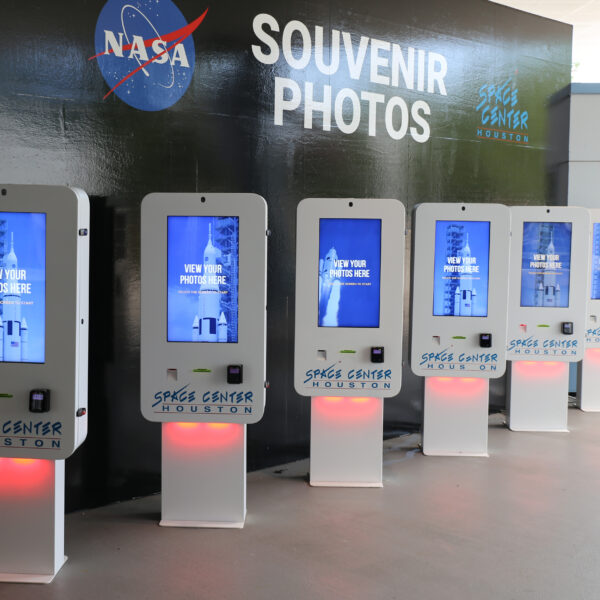
Kiosks
Close
Kiosk Industries


Do kiosks eliminate jobs? The simple answer is no, though, this answer deserves further explanation as the role kiosks play in the job market is more complex.
Fundamentally, kiosks are designed to automate tasks by passing some or all responsibility to the user. This means they have eradicated tasks previously performed by humans, but between redistributing labor and filling open positions due to workforce shortages, they’re better viewed as a complement to traditional job roles than an eliminator.
Here, we detail how self-service kiosks benefit businesses in multiple industries without eliminating jobs.
The COVID-19 pandemic led to a significant upheaval in the American workforce. In an article on the U.S. Chamber of Commerce’s website called “Understanding America’s Labor Shortage: The Most Impacted Industries,” Director of Global Employment Policy & Special Initiatives Stephanie Ferguson calls the disruption “The Great Reshuffle.”
She states, “During the pandemic reshuffling, jobs that require in-person attendance and traditionally have lower wages, have had a more difficult time retaining workers.”
This includes industries like hospitality, food services, and retail. As of March 2023, these markets have faced a higher “quit rate” than the national average, while others are battling high job openings, including healthcare, transportation, hospitality, and food.
With difficulty retaining or recruiting labor, these sectors and more have leaned on self-service technology to fill employee gaps, provide customer service, and keep consistent business hours.
Self-service kiosks supplement traditional job positions as they allow businesses to shift associate responsibilities to other areas of need.
For example, when digital kiosks replace order takers at a fast food restaurant, those same employees now have time to help with kitchen tasks, run food, or clean the dining area. Examples like this are seen across industries and illustrate how kiosks free up associates to concentrate on more customer experience-related duties.
There’s a reason you see license plate renewal, bill payment, and registration kiosks on site at grocery stores and municipal buildings. When places like the DMV have limited hours or utility companies service a wide audience that includes an underbanked population, self-service kiosks not only extend service hours but offer convenience to those who need flexible payment options.
Placing kiosks at nearby, highly visible locations also help meet the customers where they often frequent. It saves time when a busy parent can buy groceries while also renewing his or her car registration – all in one trip.
Additionally, some businesses opt to place kiosks outside their locations to offer customers access to essential services 24/7.
With the popularity of self-service exploding, it’s understandable why some narratives have questioned whether the technology is advantageous to the workforce. However, it’s clear self-service kiosks have overwhelmingly helped provide a solution to labor shortages while extending customer service and accessibility.